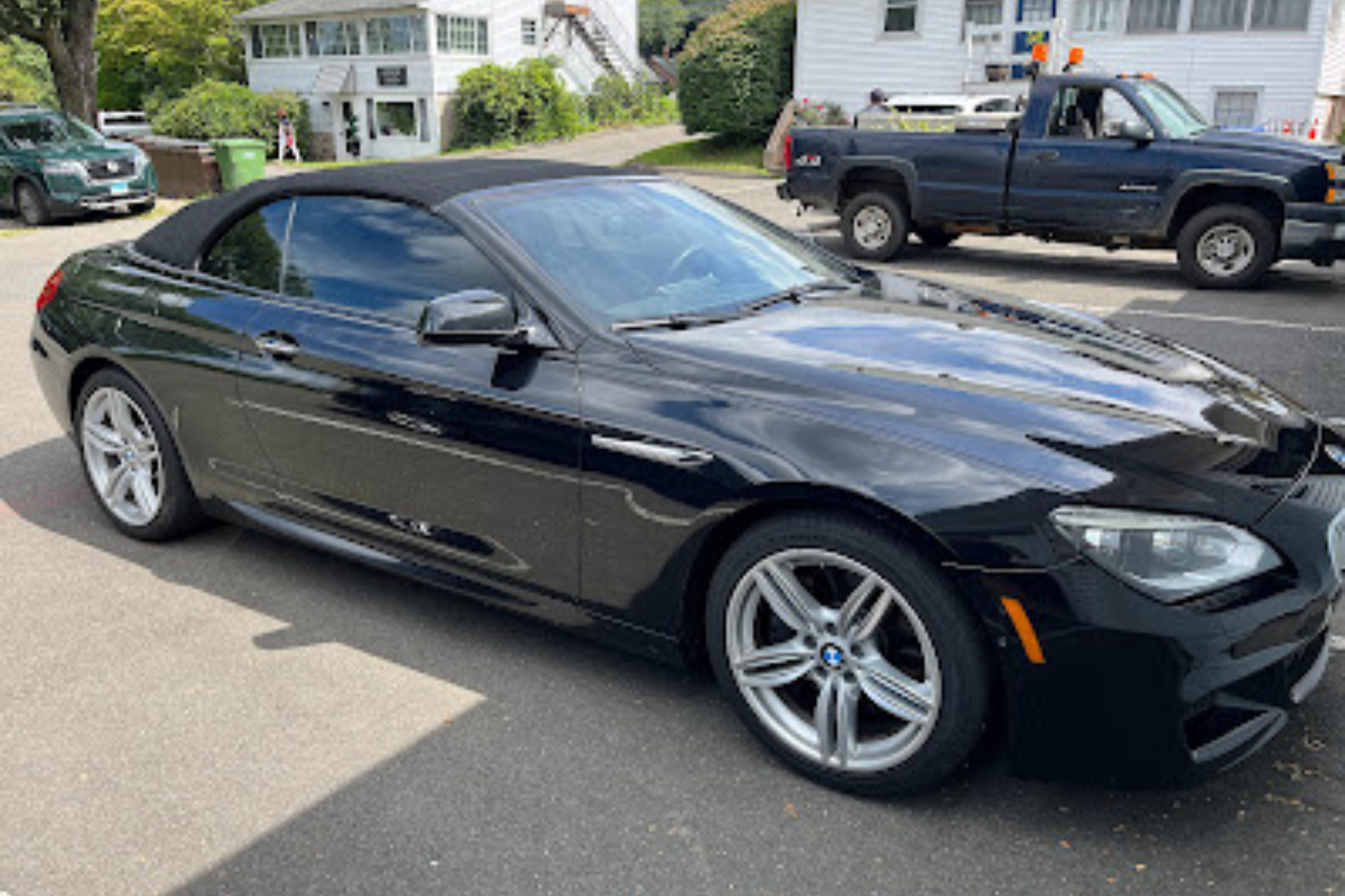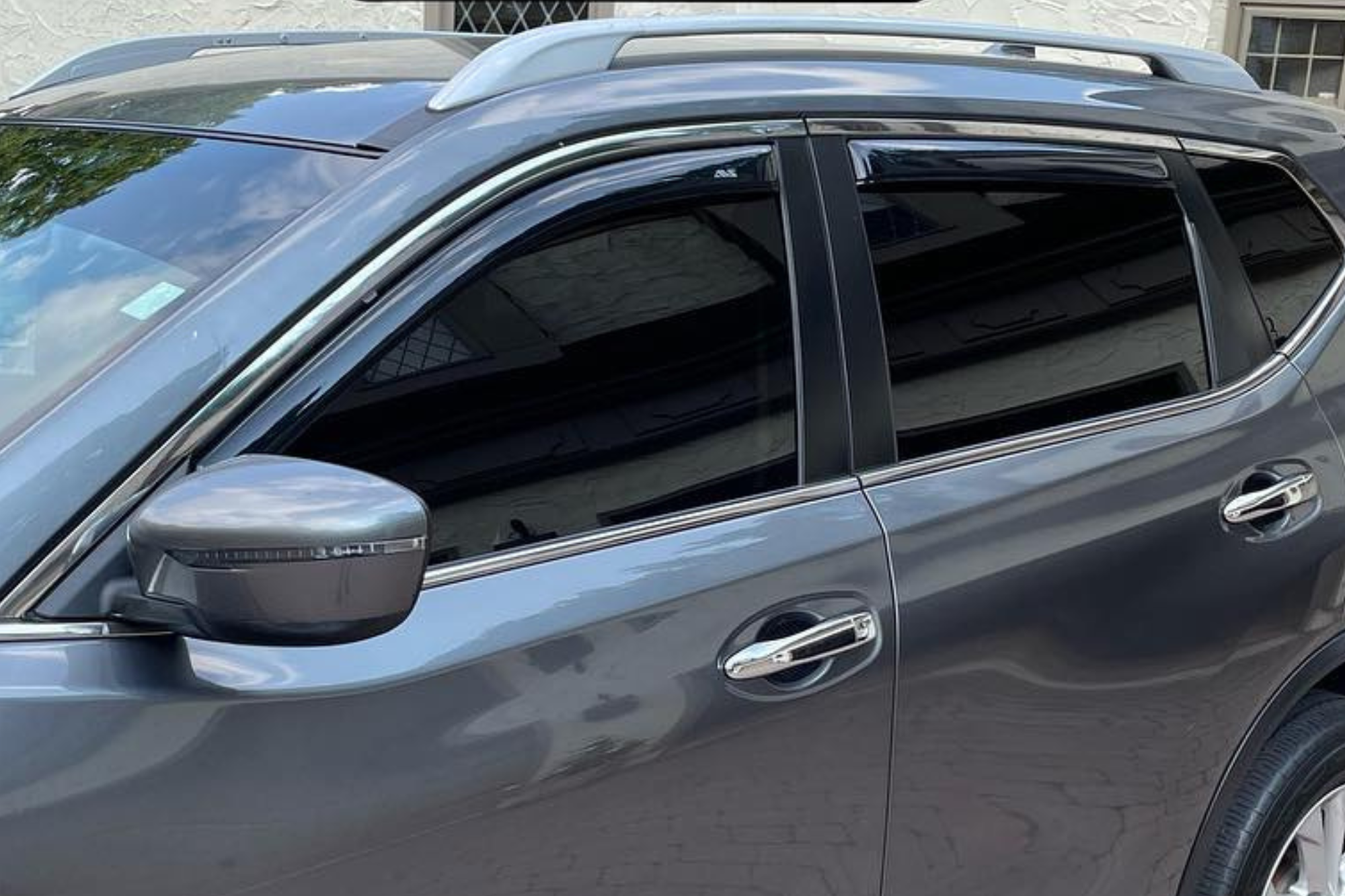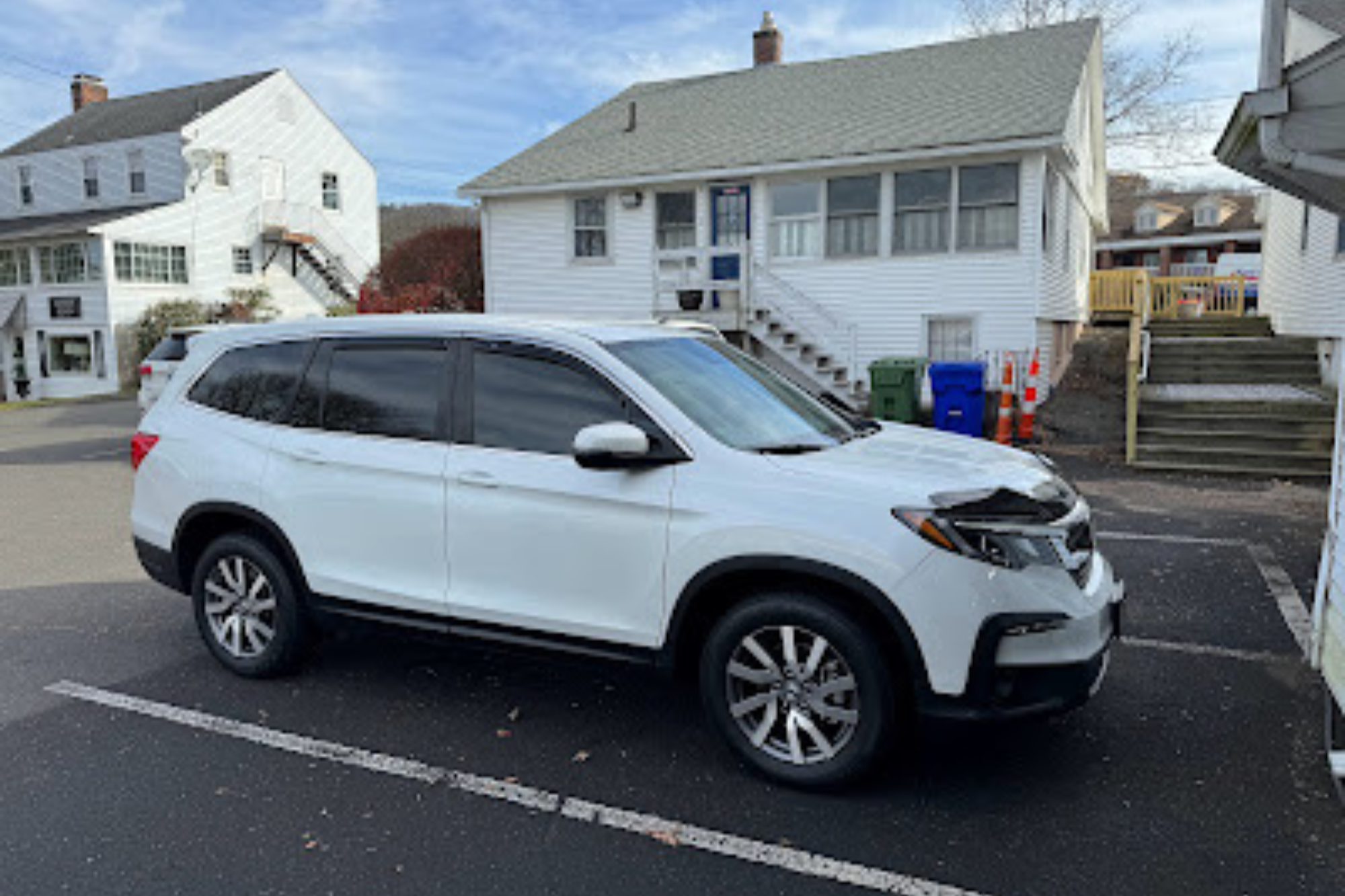
When considering the window tint cost, evaluating factors like tint type, window size, and brand reputation is essential for making an informed decision. However, have you ever wondered about the long-term benefits of investing in high-quality window tint? The initial cost may seem overwhelming, but the potential advantages in terms of durability, energy efficiency, and overall comfort could outweigh the initial expenses. Explore how choosing the right window tint can enhance your space and lead to cost savings over time.
Key Takeaways
- Consider material quality, size, and brand reputation for cost variations.
- DIY options can save money but require proper application for effectiveness.
- Higher-quality films offer better heat rejection, UV protection, and longevity.
- Cheaper alternatives may require more frequent replacements, costing more in the long run.
- Energy efficiency benefits include lower energy consumption and enhanced comfort.
Benefits of Lifetime Warranty
When considering window tint cost, opting for a lifetime warranty provides you with long-term protection and peace of mind. Warranty coverage is essential when investing in window tinting, as it guarantees that any issues or damages that may arise over time are taken care of without additional costs. Choosing a lifetime warranty means that you can enjoy the benefits of window tinting without worrying about potential future expenses related to maintenance or repairs.
The longevity benefits of a lifetime warranty are significant. By selecting this option, you’re safeguarding your investment in window tinting to be protected for the duration of your ownership. This means that even as years pass, you can rely on the warranty coverage to address any issues that may affect the performance or appearance of your window tint.
Additionally, knowing that you have this level of protection can bring you peace of mind, allowing you to fully enjoy the advantages of window tinting without concerns about potential risks or unforeseen costs.
UV Reduction Importance
Opt for window tinting with UV reduction to safeguard your vehicle’s interior and protect yourself from harmful sun exposure. UV rays not only cause damage to your skin but also have a detrimental effect on your car’s interior. By choosing window tint films that offer UV protection, you can greatly reduce the amount of harmful UV rays entering your vehicle, providing essential skin protection for you and your passengers.
Moreover, window tinting with UV reduction can contribute to energy savings by decreasing the amount of heat that enters your car. This can lead to a more comfortable driving experience, especially during the hot summer months. Additionally, by blocking UV rays, the tinted windows help maintain a cooler temperature inside the vehicle, reducing the need for air conditioning and ultimately saving energy.
In terms of aesthetics, window tinting enhances the overall look of your vehicle by providing a sleek and polished appearance. The reduction of glare from the sun also improves visibility while driving, making your journeys safer and more pleasant.
IR Heat Reduction Benefits
Choosing window tint films with IR heat reduction provides numerous benefits for your vehicle and driving experience. By reducing the amount of infrared (IR) heat that enters your vehicle through the windows, these films help maintain a comfortable interior temperature, especially during hot weather conditions.
This reduction in IR heat enhances your driving comfort and contributes to energy savings by reducing the need for air conditioning to cool down the vehicle.
The energy savings come from the decreased workload on your vehicle’s air conditioning system. With less IR heat penetrating the windows, the interior of your vehicle stays cooler naturally, requiring less energy to maintain a comfortable temperature. This leads to improved fuel efficiency as the air conditioning system consumes less power, resulting in cost savings over time.
Moreover, the comfort improvement brought about by IR heat reduction is significant. You no longer have to deal with the discomfort of a hot and stuffy car interior, especially after leaving your vehicle parked under the sun. Instead, you can enjoy a more pleasant driving experience with a cooler and more comfortable cabin temperature.
Ultimately, choosing window tint films that provide IR heat reduction is a practical investment that enhances both your driving comfort and energy efficiency.
Finding Approved Union Dealers
Find certified Union dealers to provide quality installation and authentic product selection for your window tint needs. When looking for approved dealers, make sure they’ve undergone the necessary training and certification processes to handle window tint installations professionally. Certified Union dealers are equipped with the expertise to recommend the right tint for your specific requirements and offer a smooth installation process.
Choosing approved dealers ensures that you receive high-quality products that meet industry standards. These dealers have access to a wide range of window tint options, allowing you to select the best tint for your desired level of UV protection, privacy, and aesthetics. Additionally, approved dealers offer warranties on both the product and installation, giving you peace of mind regarding the durability and performance of your window tint.
Certified Union dealers follow best practices during the installation process to ensure a flawless application. They pay attention to detail, ensuring that the tint is applied evenly without any creases or air bubbles. By entrusting your window tint installation to approved dealers, you can be confident in the quality of workmanship and enjoy the benefits of professionally tinted windows.
Window Tint Cost Factors
When evaluating window tint costs, it’s essential to factor in material cost variations and labor charges. Material costs can vary based on factors such as the type and quality of tint selected.
Labor charges can also greatly impact the overall cost, depending on the complexity of the installation and the expertise of the professionals involved.
Material Cost Variations
Material costs for window tint can vary greatly based on factors such as the type of film chosen, its quality, and the size of the windows being tinted. When considering brand comparison, popular brands may cost more due to their reputation for durability and performance.
DIY options are available for those looking to save on material costs, but it’s crucial to follow instructions carefully to guarantee a proper application. Keep in mind that higher-quality films tend to be more expensive upfront but can offer better heat rejection, UV protection, and longevity.
Cheaper alternatives might save you money initially, but they could require more frequent replacements, ultimately costing you more in the long run. Additionally, the size and number of windows being tinted will impact material costs, with larger windows or more windows increasing the overall expense.
Before making a decision, weigh the benefits of different film types and brands against your budget and long-term goals to choose the best option for your window tinting project.

Labor Charges Impact
Labor charges for window tint installation greatly impact the overall cost, with factors such as installation complexity, experience of the installer, and location playing a role in determining the final price.
When considering labor charges for window tint installation, keep in mind the following:
- Installation Quality: The installer’s expertise and skill level can impact the tint job’s overall outcome. A more experienced professional may charge higher labor fees but can guarantee a higher quality installation, reducing the likelihood of issues such as bubbling or peeling in the future.
- Project Timeline: The time required to complete the window tint installation can influence the labor charges. Installers may charge more for projects that need to be completed quickly or those that require working in challenging environments, such as extreme temperatures or hard-to-reach windows.
- Location Factors: Labor charges can vary based on the location of the installation. Areas with higher costs of living or where specialized skills are in high demand may have higher labor rates for window tint installation.
Cost Savings Over Time
You can expect to experience significant long-term financial benefits by investing in window tinting.
Not only does it enhance energy efficiency by reducing heat gain, but it also helps lower your cooling costs over time.
These advantages make window tinting a smart choice for those looking to save money in the long run.
Long-Term Financial Benefits
Over time, the financial benefits of window tinting can be substantial, resulting in significant cost savings for homeowners and vehicle owners alike. When considering the long-term financial advantages of window tinting, it’s essential to factor in the following:
- Energy Efficiency: By reducing the amount of heat entering your home or vehicle, window tinting helps lower your reliance on air conditioning, leading to decreased energy consumption and, ultimately, lower utility bills.
- UV Protection: Window tinting blocks harmful UV rays that can damage furniture, upholstery, and flooring. This protection can help you avoid costly replacements or repairs, contributing to long-term savings.
- Interior Preservation: Tinted windows help preserve the interior of your home or vehicle by preventing sun damage and fading. This preservation can extend the lifespan of your belongings, reducing the frequency of replacements and repairs and aligning with effective financial planning and budget management strategies.
Energy Efficiency Advantages
Reducing heat gain through window tinting leads to decreased reliance on air conditioning, translating to long-term energy cost savings for homeowners and vehicle owners. The energy savings accrued from reduced cooling needs can be substantial. Studies indicate that window tinting can lower energy consumption for air conditioning, resulting in lower utility bills over time. By blocking a significant portion of solar heat, window tinting helps maintain a more stable indoor temperature, reducing the strain on cooling systems during hot weather. This not only saves money but also contributes to a more eco-friendly lifestyle by decreasing overall energy usage.
Furthermore, the comfort improvement brought about by window tinting shouldn’t be underestimated. By reducing glare and maintaining a consistent temperature within your home or vehicle, tinted windows create a more pleasant living or driving environment. This enhanced comfort level adds to the overall value of window tinting, making it a wise investment for those seeking energy efficiency and improved living conditions.
Professional Installation Considerations
How does the expertise of a professional installer impact the overall cost of window tinting?
Professional installation plays a vital role in ensuring the effectiveness and longevity of your window tint. Here are three key factors to contemplate:
- Installation Expertise: Professional installers have the skills and experience to properly apply window tint without leaving bubbles, creases, or gaps. This guarantees a smooth finish that not only looks better but also performs better in terms of heat rejection and UV protection.
- Warranty Coverage: Opting for professional installation often comes with warranty coverage on both the tint film and the installation itself. This means that in case of any issues or defects, you can rely on the warranty to cover the costs of replacement or repair, providing you with peace of mind and long-term savings.
- Quality Assurance: Professional installers use high-quality materials and follow industry best practices to ensure that your window tint not only looks great but also functions optimally for years to come. This attention to detail and commitment to quality can save you money in the long run by reducing the need for premature re-tinting or repairs.
Choosing the Right Tint Level
Selecting the appropriate tint level for your windows involves taking into account factors such as your desired level of privacy, heat rejection needs, and local regulations. Tint darkness levels play an essential role in determining the amount of light that passes through the window and the degree of privacy it offers.
Darker tints provide more privacy but may reduce visibility, especially at night. On the other hand, lighter tints offer better visibility but mightn’t provide as much privacy or heat rejection.
When it comes to heat rejection, the darkness of the tint isn’t the only factor to take into consideration. Some tints are specifically designed to block out more heat while still maintaining higher visibility levels. These tints are often a popular choice for those living in warmer climates or seeking to reduce their energy costs by minimizing the use of air conditioning.
Before finalizing your tint level choice, it’s important to check local tinting regulations. Different areas have specific rules regarding how dark tints can be, mainly due to visibility concerns for both drivers and law enforcement.
ROI Analysis: Window Tint Investment
Understand the return on investment (ROI) associated with window tinting by analyzing the long-term cost savings and benefits it can offer. When evaluating window tinting as an investment, it’s essential to conduct a comprehensive ROI analysis to determine the financial impact over time.
Here are three key aspects to contemplate in your ROI analysis:
- Energy Efficiency: Window tinting can notably enhance the energy efficiency of your home or vehicle by reducing the amount of heat that enters during hot weather and preventing heat loss during colder months. By maintaining a more stable indoor temperature, you can lower your energy consumption for heating and cooling, resulting in decreased utility bills.
- UV Protection: Window tinting blocks harmful UV rays that can cause damage to your skin, fade furniture, and deteriorate flooring. By investing in window tinting, you not only protect the occupants and interior of your space but also save on potential replacement or repair costs in the long run.
- Increased Privacy and Security: Tinted windows provide an added layer of privacy and security by reducing visibility into your home or vehicle. This can enhance your peace of mind and potentially lower insurance premiums due to the decreased risk of theft or vandalism.
It’s crucial to emphasize the value of investing in high-quality window tints for long-term cost savings.
By considering factors such as durability, performance, and brand reputation, you can guarantee a wise investment that provides superior heat rejection and UV protection.
Remember, the initial cost may seem steep, but the benefits in energy efficiency and comfort make it a worthwhile expenditure in the long run.


